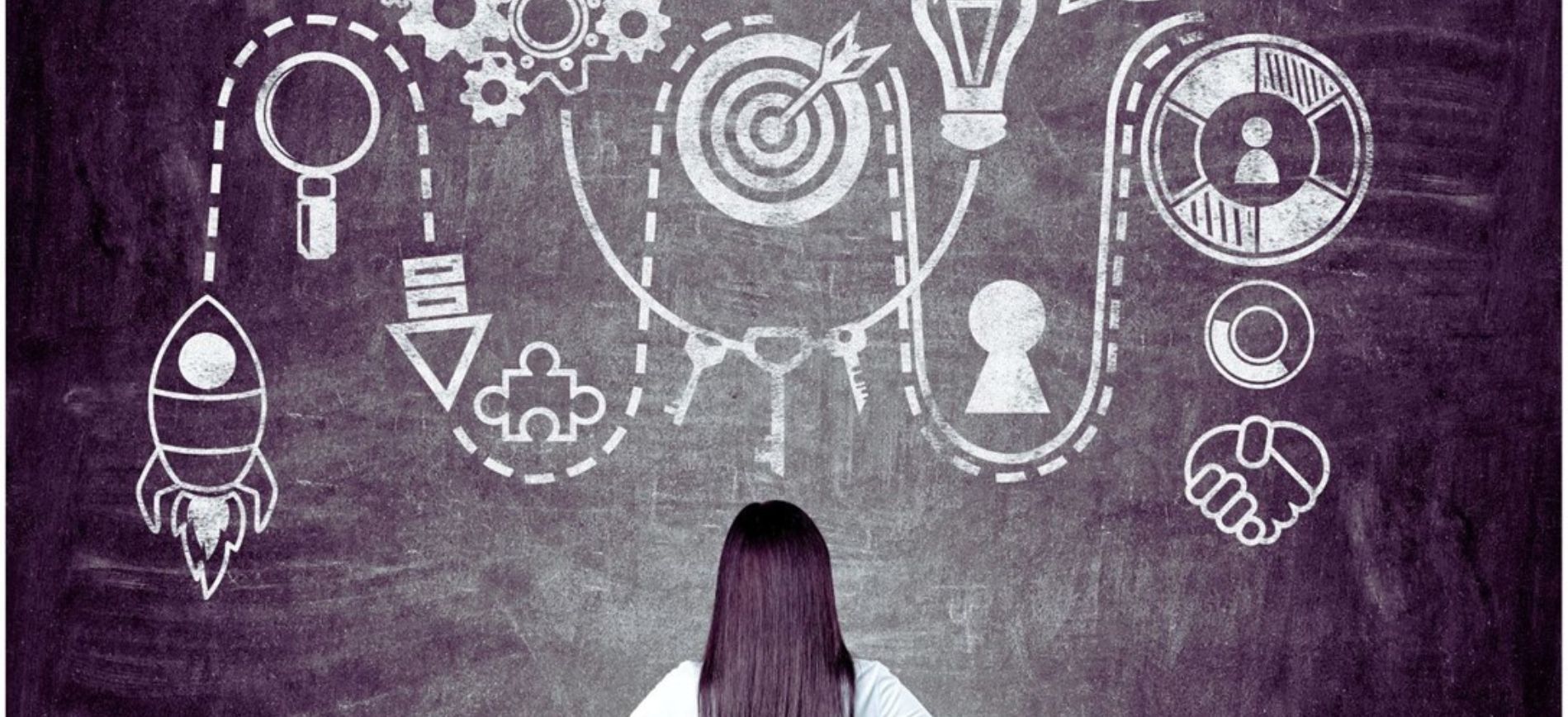Approximately 65,010,279 Americans, or 19.3 percent of the U.S. population, live in rural areas, as the U.S. Census Bureau defines.
Ninety-seven percent of the land area in the U.S. is considered “rural,” according to the Census Bureau and the White House Office of Management and Budget (OMB).
Health Disparities in Non-urban America
While urban-health inequity may be better known — due to more studies on and reporting regarding environmental pollution and problems linked to inner-city America — rural Americans are
more likely to die from cancer, heart disease, chronic lower respiratory disease, and stroke than are their urban counterparts, according to the U.S. Centers for Disease Control and Prevention (CDC).
Some underlying logistical and other factors behind rural unhealth include long travel distances to specialty and emergency care and exposure to specific environmental hazards, such as those produced by agricultural chemicals.
Other factors contributing to health disparities in rural America include a higher prevalence of poverty, lower access to healthcare, and less likelihood of health-insurance, higher rates of cigarette smoking, and greater incidence of hypertension and obesity.
Regarding healthcare barriers, while telehealth services could greatly benefit rural Americans, the U.S. Government Accountability Office found that at least
17 percent of people living in rural areas do not have broadband internet access compared to one percent in urban areas.
In addition, many people living in rural, tribal, and geographically isolated areas face barriers to healthcare and economic opportunity. As of 2019, 15.4 percent of people living in rural areas had income levels below the federal poverty line.
Additionally, a
2022 study from the U.S. Department of Agriculture (USDA) Economic Research Service (ERS) identified 310 U.S. counties with high and persistent levels of poverty and found that 86 percent of those counties (267 out of 310) were located in rural areas of Appalachia, the Mississippi Delta, the deep south, and Native American lands.
Lack of access to healthcare is not only a problem in Appalachia and the deep South, however. The United Health Foundation’s “America’s Health Rankings 2022 Annual Report” placed Nevada as “the
worst in the nation for access to primary-care providers.”
For example, prohibitive driving times in Reno, Nevada create a significant cancer-care barrier for many patients.
Dr. Lee Schwartzberg, FACP, Chief of Medical Oncology and Hematology at the Renown Institute for Cancer and Professor of Clinical Medicine at the University of Nevada, Reno, shared the following expanded insights.
“Reno serves as the secondary and tertiary medical center for the entire vast region of Northern Nevada. There are no oncologists for a distance of over 400 miles. Patients from smaller towns and tribal communities must travel two to four hours each way for care,” said Dr. Schwartzberg. “In my practice, I have seen more locally advanced breast cancer in Reno than I did practicing in Memphis, Tennessee with the well-known urban Black disparity in breast cancer outcomes. We address this as best we can with resources providing grant-supported transportation and housing for patients to receive treatment. There is, however, a great need for improved services focusing on screening, early detection, and prompt care of cancer diagnosed in rural settings.”
Cancer-care Barriers in Rural America
Specifically, patients with cancer who live in rural areas experience lower rates of preventative screening, more advanced disease at presentation, and higher mortality compared to patients who reside in urban locations, according to a 2022 care-delivery
review article in JCO Oncology Practice.
Studies show, the review noted, that “transportation barriers are associated with delayed follow-up after abnormal screening test results, decreased access to specialized oncology care, and lower rates of receipt of guideline-concordant treatment.”
In addition, certain types of cancer pose unique challenges, such as urothelial and breast cancers.
Urothelial cancer begins in the urothelial cells that line the urethra, bladder, ureters, renal pelvis, and some other organs. Despite treatment advances, urothelial cancer care is susceptible to geographic disparities and socioeconomic, racial, and gender inequities.
Delays in the diagnosis of urothelial cancer result partly from a lack of urologists. Studies and surveys have found that urologists are increasingly moving away from small, rural practices toward larger group practices in urban areas.
Data also
indicates that patients in “rural areas have less access to cancer care and experience high mortality rates in all cancer types, including bladder cancer, compared with patients in urban areas.”
Studies, including those at the Washington, Wyoming, Alaska, Montana, Idaho (WWAMI) Rural Health Research Center (RHRC), found that patients from rural areas have lower breast cancer screening rates than urban patients.
WMAMI scientists
proved that ” a more significant proportion of rural patients received an initial breast cancer diagnosis at a later stage compared with urban patients and that patients living in remote small rural counties had the highest rate of late-stage breast cancer at diagnosis.”
Breast cancer survival is also worse for rural patients than for urban patients.
Rural America: Racial Differences in Cancer Care and Survival
While rural America is predominantly made up of non-Hispanic White individuals (76percent), rural Black or African American individuals had the highest incidence of poverty in 2019, at 30.7 percent, and rural American Indians or Alaska Natives had the second-highest rate, at 29.6 percent.
In 2021,
researchers confirmed what was already well-established — that rural Black and American Indian/Alaska Native populations “experience greater poverty and lack of access to care, which expose them to greater risk of developing cancer and experiencing poorer cancer outcomes in treatment and, ultimately, survival.”
Fortunately, approaches have the potential to improve the care picture for all people, and all populations, living with or after a cancer diagnosis, including tele- mentoring and patient navigators.
Improving the Picture for People Living with or After a Cancer Diagnosis
To empower rural health care providers with expert knowledge and best practices,
Project ECHO at the University of New Mexico Health Sciences Center uses videoconferencing in working with community-based physicians, “providing our global network of partners with free training, technical support and a suite of technology tools to help enable their success.”
Created in 2003 to deliver specialized medical knowledge to rural healthcare providers, Project ECHO builds communities of practice through free virtual mentoring and learning.
Project ECHO uses tele-mentoring within communities “to increase workforce capacity and enhance rural health care providers’ knowledge and skills,” which helps rural patients get screened and cared for better.
Working with the CDC in a pilot program using telemonitoring and patient navigators in Kansas, Montana, Nevada, and South Carolina, the goal was to “bridge the health equity gap experienced by people with cancer in rural communities.”
The project successfully provided education on the needs and issues faced by rural cancer survivors and improved and increased medical and social support services offered to rural cancer survivors.
Separately, the CDC’s National Comprehensive Cancer Control Program (NCCCP) used patient navigation — patient navigators — to:
- Identify cancer survivors;
- Link healthcare practitioners (HCPs) and cancer survivors to state and local resources;
- Partner with a rural federally qualified health center to connect cancer survivors with patient navigators; and
- Help patient navigators refer cancer survivors to wellness programs.
In conclusion, while it is very much still the inspiration for “O’ beautiful for spacious skies” and for “amber waves of grain,” rural America remains beset by several severe socioeconomic and other challenges that reduce rural consumer access to appropriate and high-quality cancer screening, prevention, and treatment. Racial and ethnic disparities render these problems even worse and more unacceptable.
I am, however, encouraged by several vital projects and programs — including telemonitoring and patient navigation — but we must do much better and faster before more rural Americans are not seen, not properly cared for, and, worse yet, forgotten.






